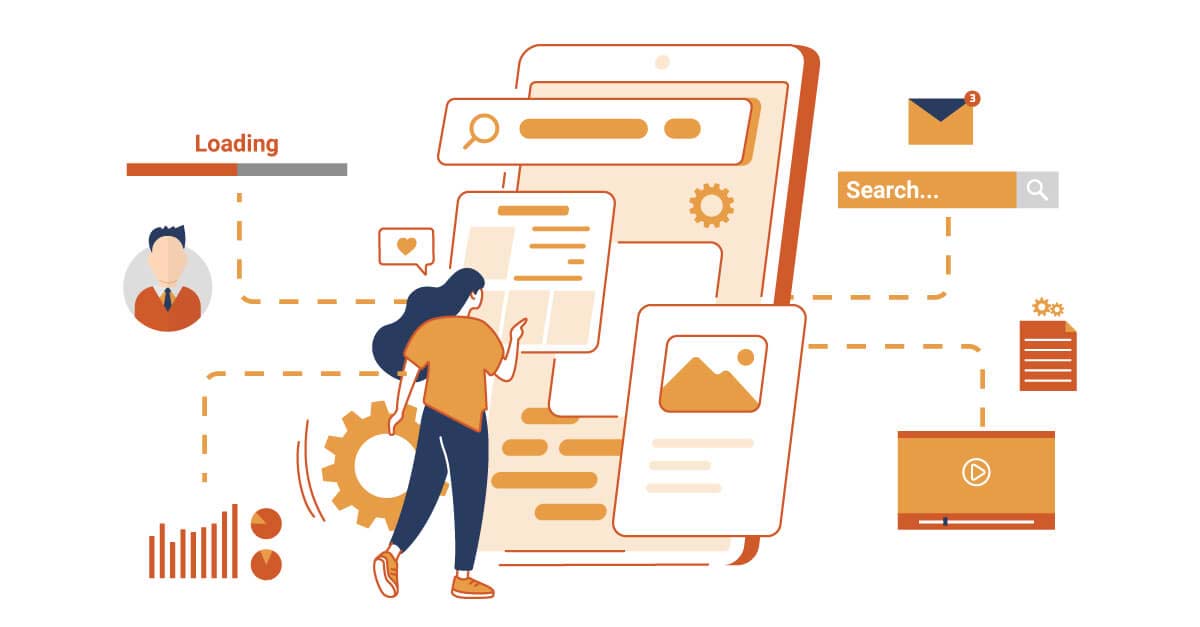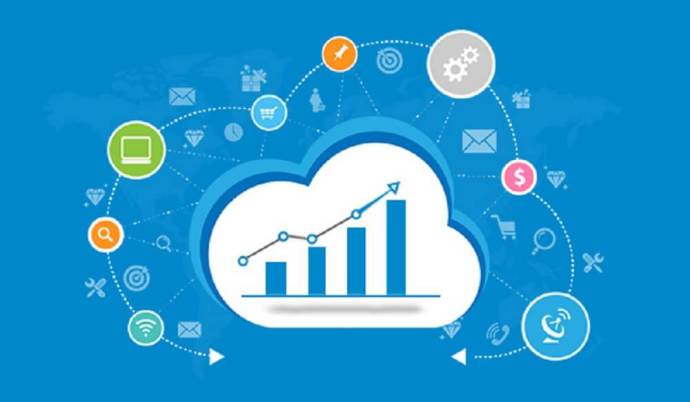How To Budget Your Mobile App Project For Long Term Success?
Launching a mobile app requires more than just innovative ideas and technical skills, it demands a well-planned financial strategy. To ensure long-term success, it’s essential to budget your mobile app project with precision from the beginning. Without a clear plan, costs can spiral, timelines may stretch, and the end result could fall short of expectations. In this guide, we explore practical steps to structure your mobile app budget effectively, ensuring sustainability and scalability over time.
Budget your mobile app project
Define your app’s core objectives
Is it aimed at improving customer engagement, increasing sales, or enhancing internal processes? Understanding the core value proposition helps estimate the complexity and scope of the project, which directly influences cost.
-
What problem does your app solve?
-
Who is the target audience?
-
What features are essential for the initial launch?
Break down development costs
Design & User experience
A well-designed interface improves user retention. Allocate funds for wireframes, UI prototypes, and usability testing.

Development
This is often the most significant part of the budget. Costs vary based on the platform (iOS, Android, or both), tech stack, and the experience of the development team.

Quality assurance & testing
Invest in thorough testing to ensure smooth performance across devices and prevent post-launch issues.

Project management
Assign resources for coordination, timeline management, and progress tracking.

Maintenance & upgrades
Many companies overlook long-term support costs. After launch, your app will need updates, bug fixes, and improvements. Budget at least 15–20% of the initial development cost annually for ongoing maintenance.

Plan for marketing & launch
-
App store optimization (ASO).
-
Digital marketing campaigns.
-
User onboarding tools.
-
Press releases and launch events.

Right pricing model
The structure of your partnership with the development team also affects cost. Evaluate which model offers better value based on your goals and timeline.
-
Fixed-price model – Suitable for projects with clearly defined scope.
-
Time and materials model – Ideal for flexible, evolving projects.

Invest in analytics & scalability
Integrate analytics tools to monitor user behavior and feature usage. This data will inform future updates and improvements. Additionally, build your app architecture to scale efficiently as user demand increases.

Conclusion
Successfully managing your mobile app’s financial plan requires a balance of foresight, flexibility, and strategic thinking. By taking a holistic approach and planning for each stage from concept to post-launch you lay the foundation for a product that delivers value over the long term.
